Edinburgh transforms into a mystical realm when morning fog rolls through its medieval streets and wraps around ancient architecture. The Scottish capital’s unique topography—built across seven hills with a valley running through its center—creates perfect conditions for ethereal mists that blur the line between reality and fantasy.
These foggy mornings reveal an entirely different city from the one tourists experience on clear days. Here is a list of 20 enchanting locations throughout Edinburgh where fog enthusiasts can experience the city at its most atmospheric and hauntingly beautiful.
Calton Hill Monuments

The collection of incomplete Greco-Roman monuments atop this central hill becomes truly otherworldly when partially obscured by dense fog. The unfinished columns of the National Monument emerge from swirling mist like the ruins of a forgotten civilization beyond time.
Early morning visitors often find themselves completely alone among these ghostly structures, with the rising sun creating dramatic light shafts through shifting fog banks.
Dean Village Water of Leith
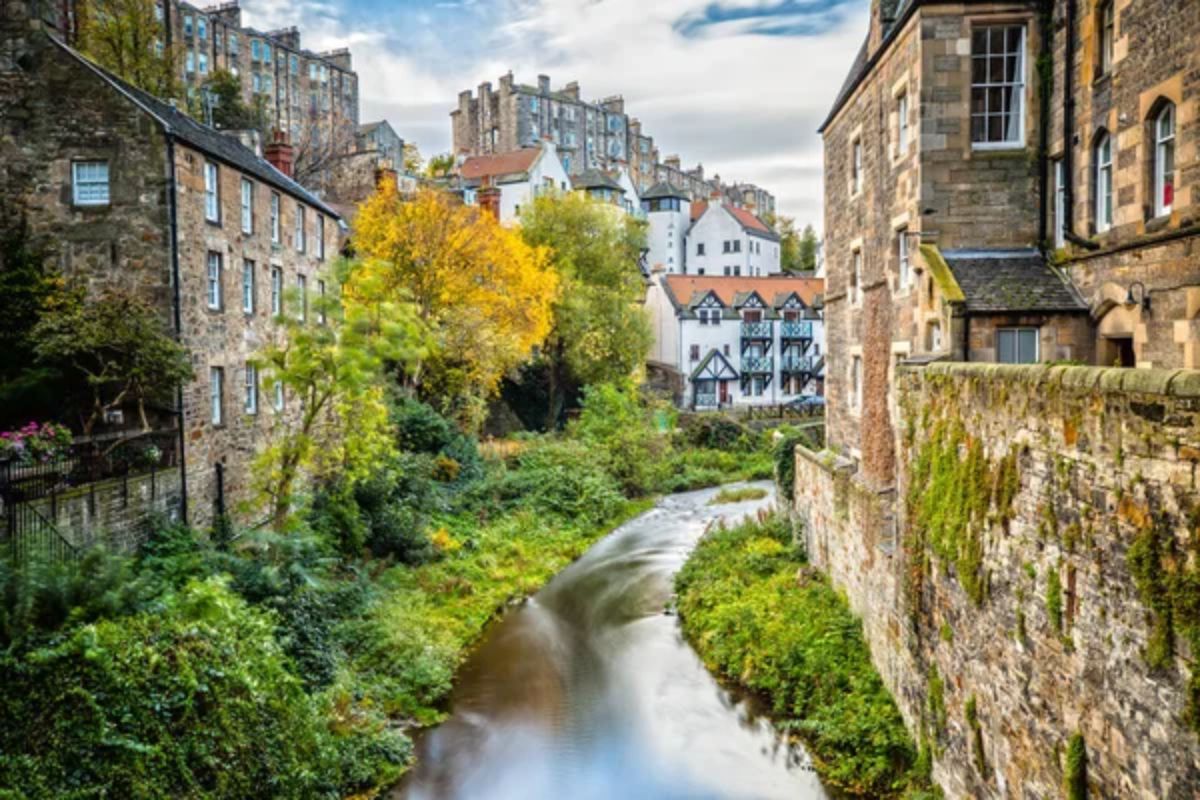
This preserved medieval village along Edinburgh’s central river disappears into another century when morning fog settles into its deep valley. The distinctive stone buildings with red-tiled roofs materialize from the mist like an illustration from a forgotten storybook.
The sound of running water grows more pronounced in foggy conditions as visibility diminishes, creating a sensory experience that connects visitors to the village’s ancient milling history.
Like Travel Pug’s content? Follow us on MSN.
Arthur’s Seat Eastern Approach
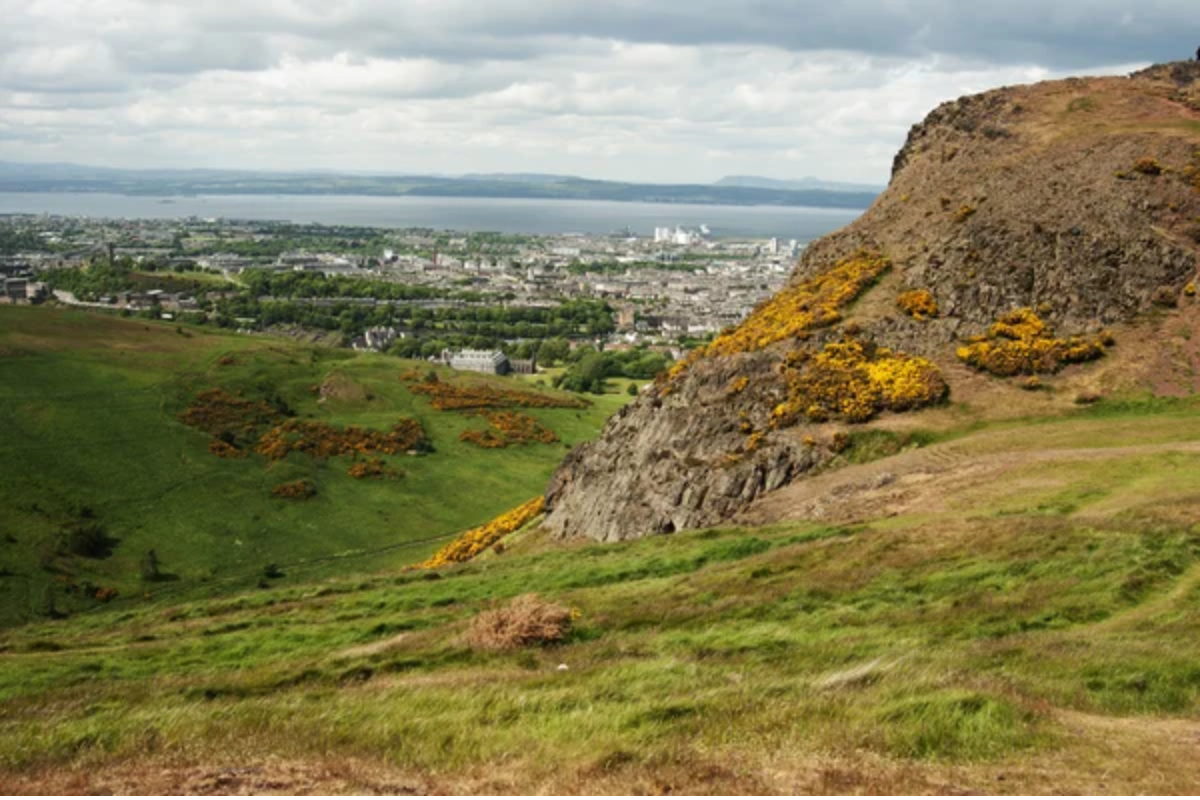
The path winding up Edinburgh’s ancient volcanic hill offers increasingly dramatic fog views with each step of elevation gain. Climbers experience the strange sensation of ascending through cloud layers, sometimes finding the summit floating above a sea of white while the city below completely disappears.
The fog often clings to natural hollows and depressions on the hillside, creating pools of mist that shift and transform with changing air currents.
Warriston Cemetery
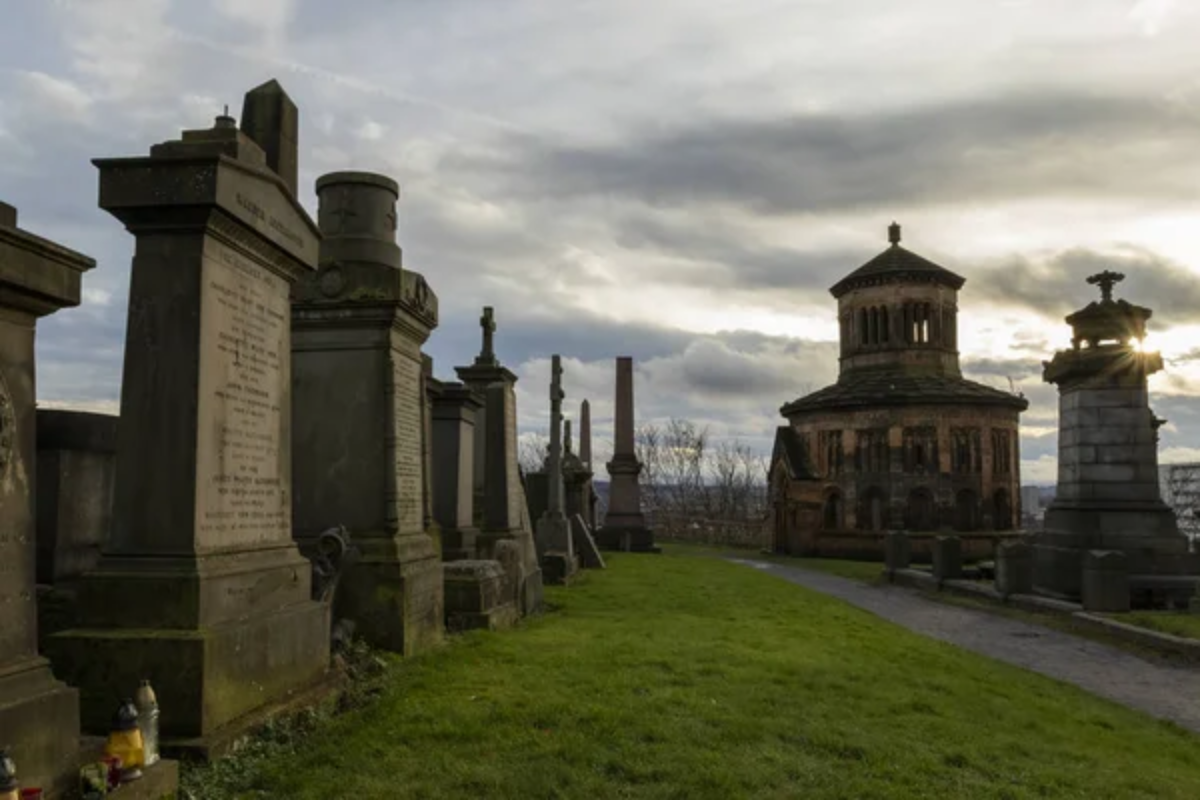
This Victorian burial ground descends a steep hillside, creating perfect conditions for capturing morning fog that flows through its weathered gravestones and crumbling monuments. Angel statues emerge partially from the mist, their features softened and made more poignant by the diffuse light.
The dense tree canopy helps retain fog longer than surrounding areas, extending the mystical morning atmosphere well into the late morning hours.
Royal Botanic Garden Chinese Hillside
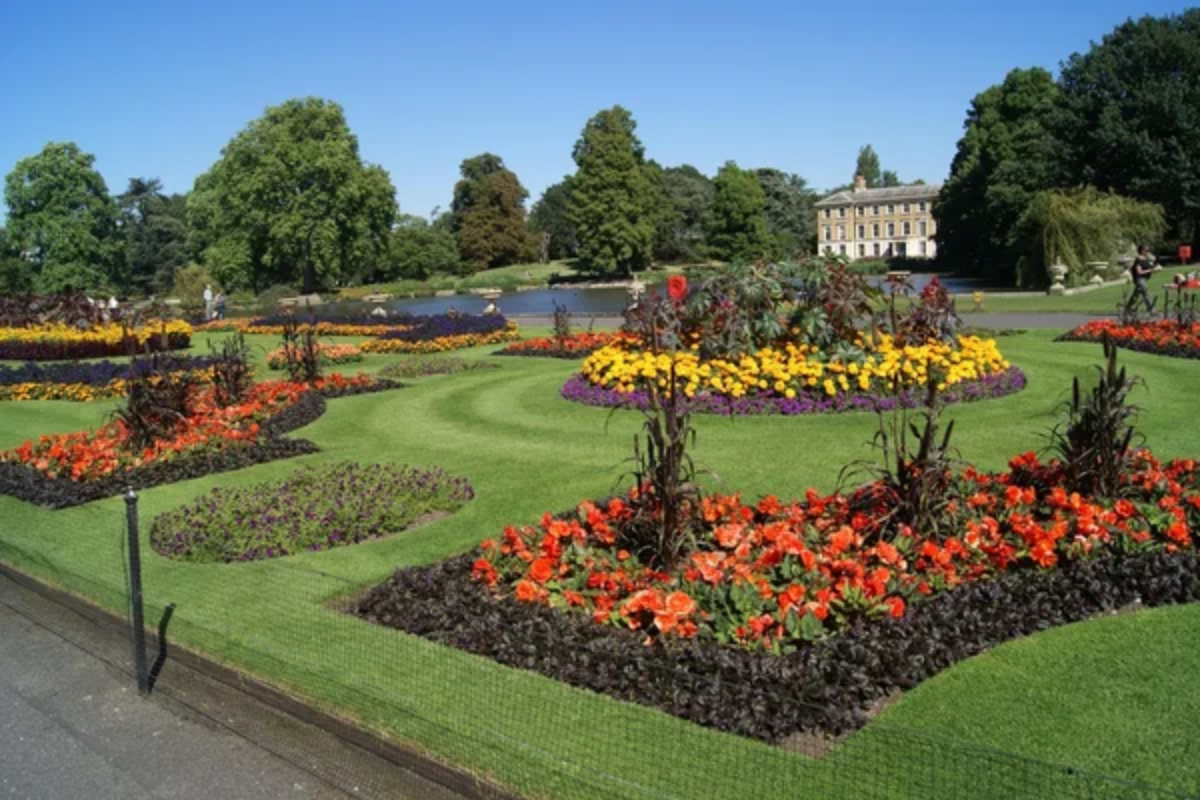
The carefully designed landscape of this garden section incorporates water features and varied elevations that interact beautifully with morning mist. Fog collects among the specialized Asian plantings, making the authentic pavilions appear to float among clouds as in traditional Chinese landscape paintings.
The thoughtful placement of viewing areas offers contemplative spaces to watch fog patterns transform throughout the early hours.
Like Travel Pug’s content? Follow us on MSN.
Duddingston Loch
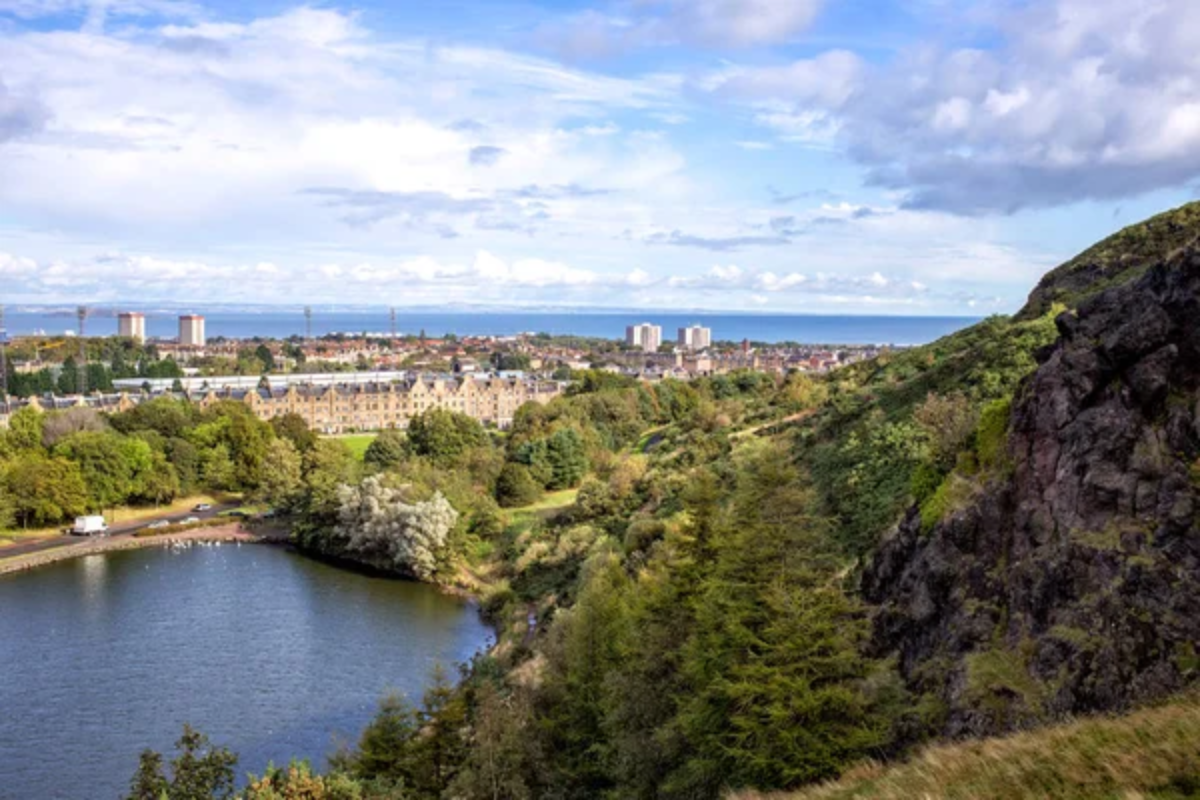
This small lake beneath Arthur’s Seat creates its microclimate, where fog forms readily and lingers long after surrounding areas have cleared. Waterfowl emerge suddenly from the mist before disappearing again, while the shoreline trees take on the appearance of shadowy sentinels in the diffused light.
The historic Duddingston Kirk overlooking the loch appears and vanishes as fog densities shift, creating naturally occurring reveals that no photographer could choreograph.
Vennel Steps
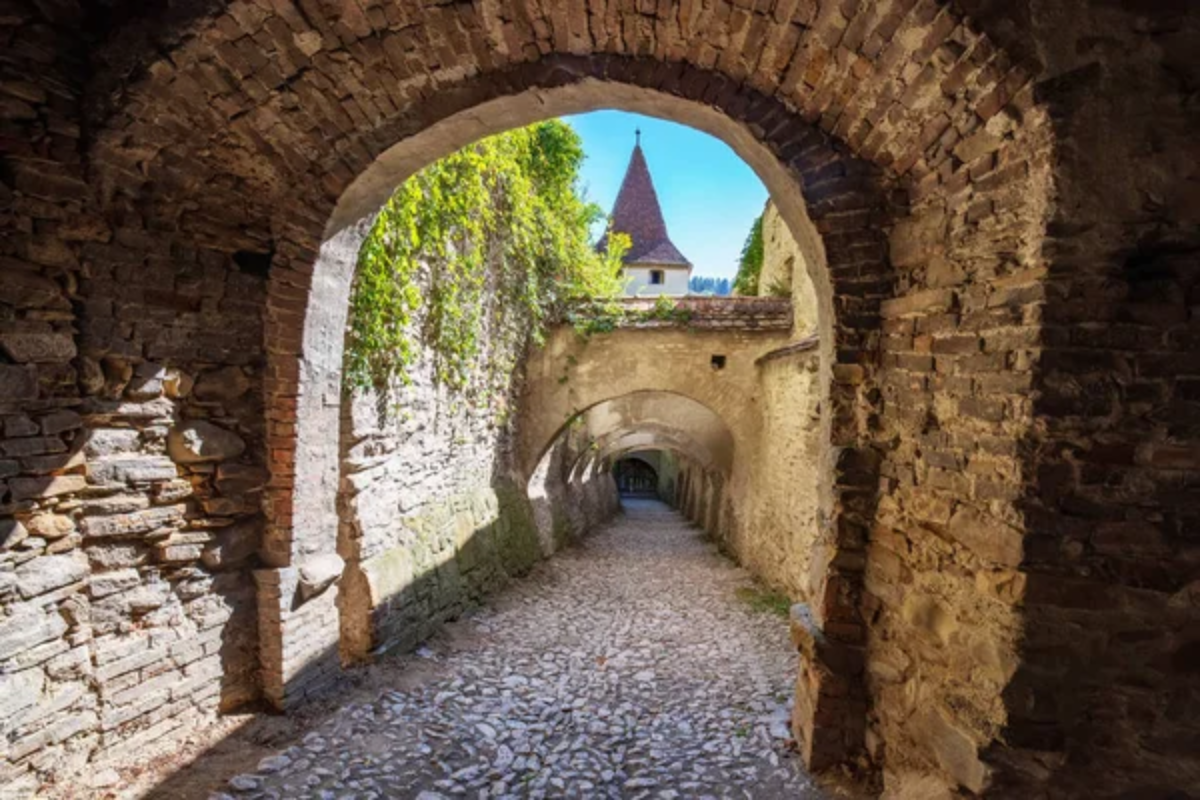
This narrow medieval passageway connects the Grassmarket with upper sections of the Old Town and frames a perfect view of Edinburgh Castle—when visible through the frequent fog that collects in this confined space. The ancient stone walls channel mist into interesting flow patterns, sometimes creating the illusion of walking through moving clouds while ascending the worn steps.
The limited perspective creates naturally moody compositions that have inspired painters and photographers for generations.
St. Anthony’s Chapel Ruins
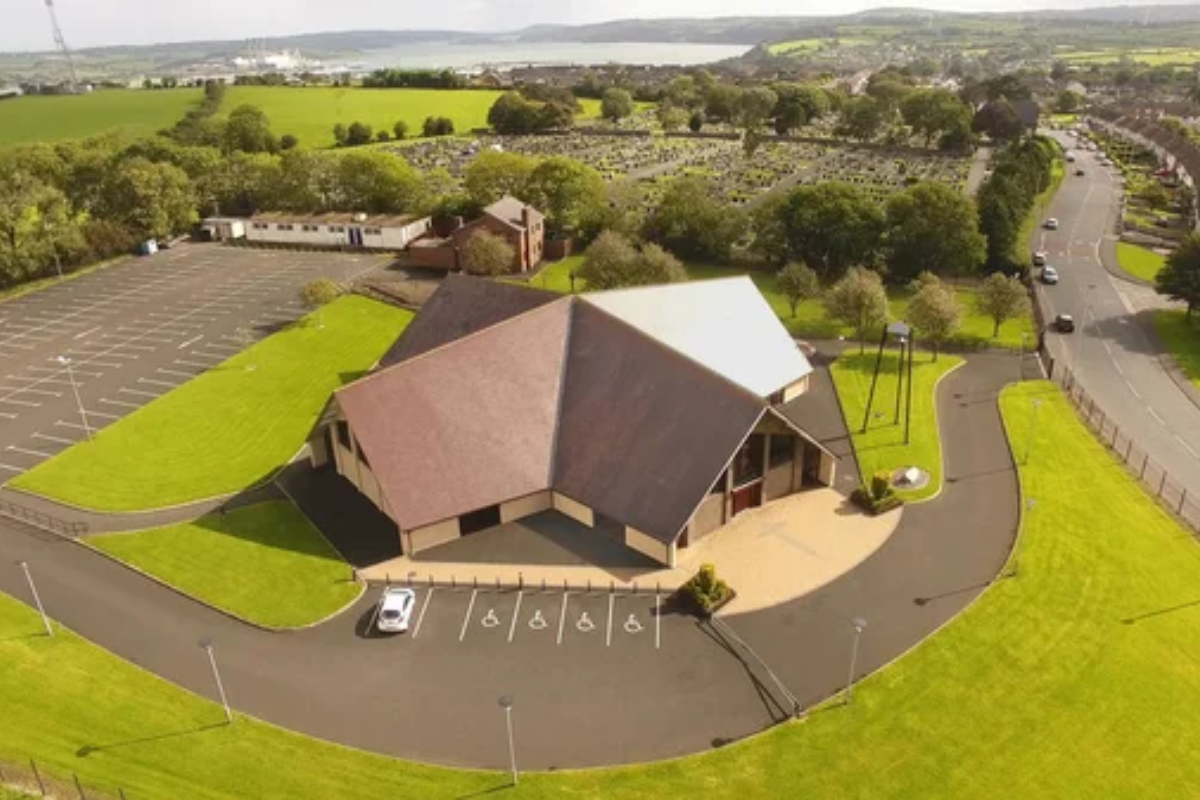
The fragmentary remains of this 15th-century chapel perched on an outcrop of Arthur’s Seat seem designed specifically for foggy mornings. The roofless stone structure appears to dissolve into the surrounding mist, making it difficult to distinguish where architecture ends and the atmosphere begins.
The elevated position creates dramatic moments when fog briefly clears, offering fleeting views across the city before the mist returns to reclaim the ancient stones.
Like Travel Pug’s content? Follow us on MSN.
Princes Street Gardens Valley
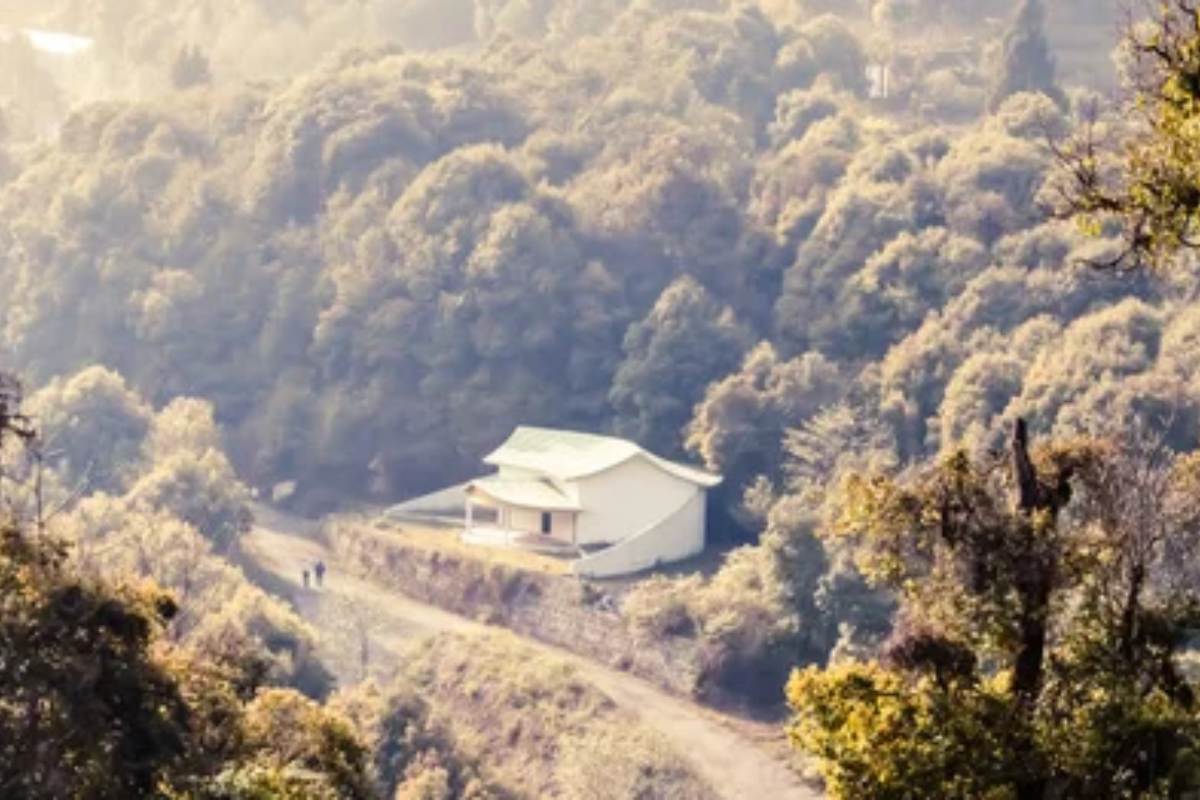
The dramatic elevation difference between the Old Town ridge and New Town creates a natural channel where fog accumulates in the early hours. The Victorian gardens filling this valley become a mysterious wonderland, with treetops emerging from a rolling white sea that obscures paths and carefully maintained flower beds.
The castle appears to float untethered above this misty domain, explaining why early inhabitants viewed the rock as a naturally defensive position.
Corstorphine Hill Tower
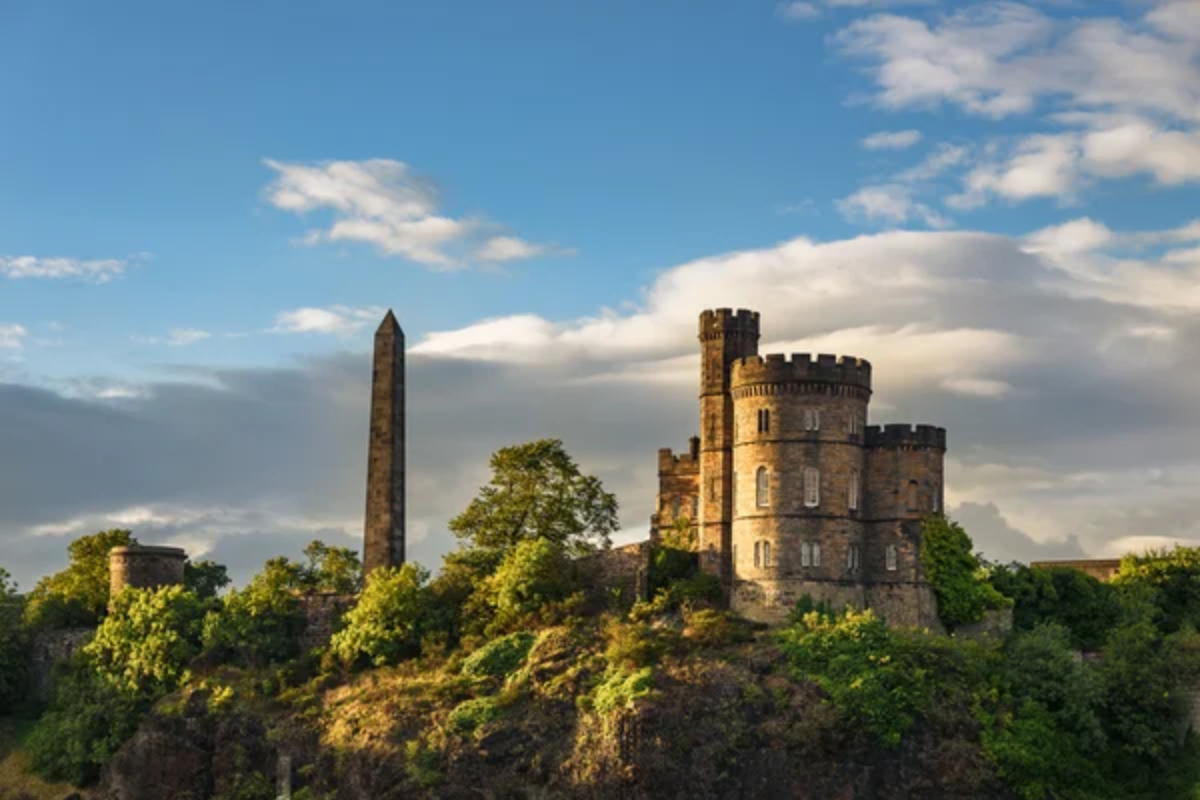
This often-overlooked stone tower on Edinburgh’s western ridge offers panoramic views that transform completely under foggy conditions. The surrounding woodland effectively holds moisture, creating layered fog effects that reveal and conceal different city landmarks as density changes.
The limited number of visitors means photographers and fog enthusiasts often have this spectacular vantage point entirely to themselves during the prime morning hours.
Water of Leith at Stockbridge
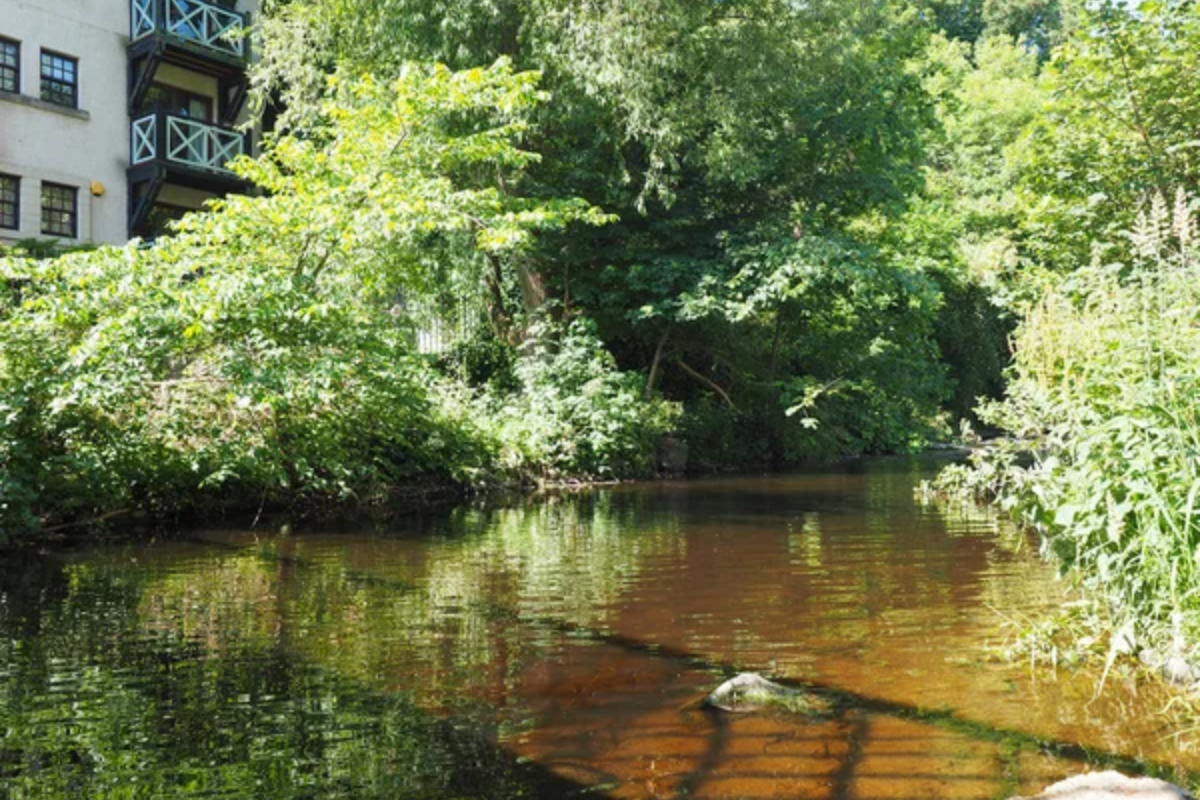
The distinctive curved weir in this fashionable neighborhood creates ideal conditions for spectacular fog formations as water vapor rises to meet cool morning air. The riverside path disappears into white obscurity while the sound of cascading water grows more pronounced, creating an immersive sensory experience.
Historical stone bridges along this section appear to float unsupported when their lower portions vanish into thick ground-level mist.
Like Travel Pug’s content? Follow us on MSN.
Blackford Hill Viewpoint

When conditions align perfectly, this southern hill offers the most comprehensive foggy panorama in Edinburgh. The university observatory emerges from the mist like a moonbase, while fog pools in the valleys between the city’s seven hills, creating a topographic map of shifting white plains.
The northern exposure makes this location particularly effective for capturing sunlight filtering through fog layers as the morning progresses.
Cramond Island Causeway
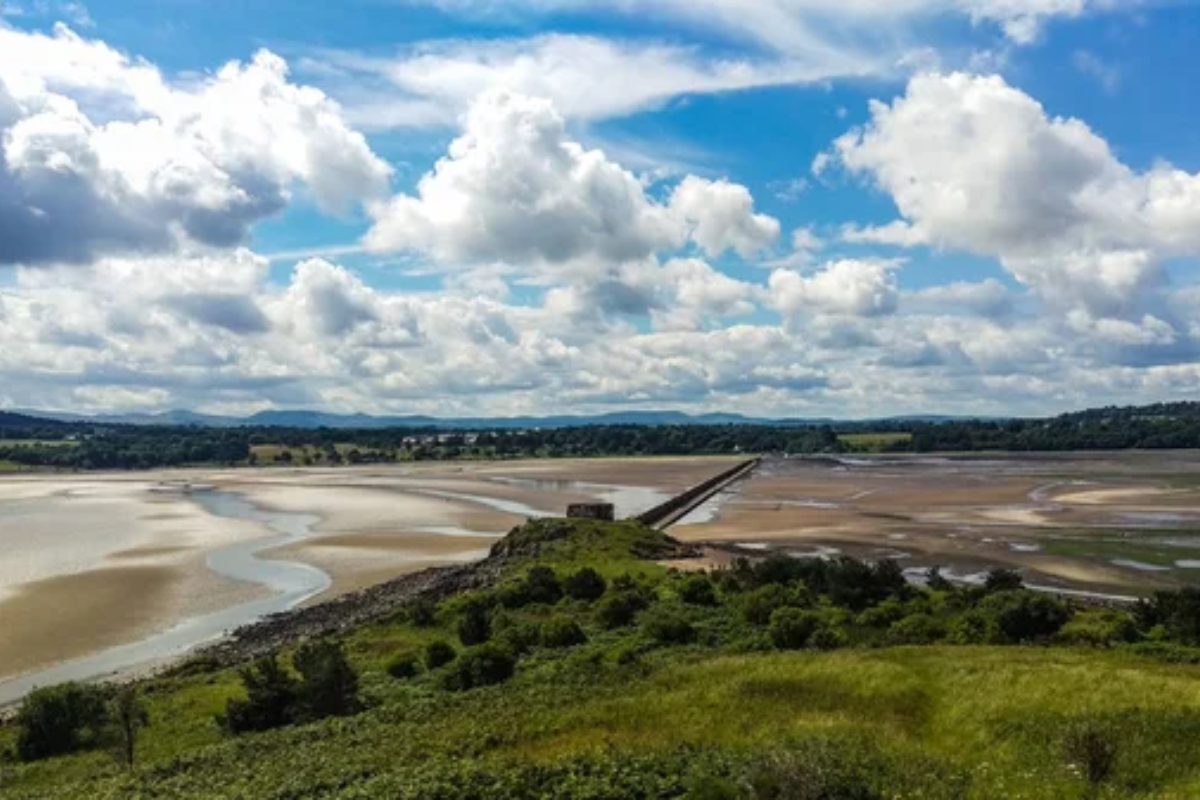
This tidal walkway connecting Edinburgh’s coastline with an offshore island creates otherworldly conditions when sea fog rolls in from the Firth of Forth. The concrete anti-boat defenses from World War II transform into mysterious monoliths emerging from rolling mist banks.
Timing visits with low tide and foggy conditions require planning but reward early risers with a genuinely ethereal landscape that exists between worlds.
The Innocent Railway Tunnel
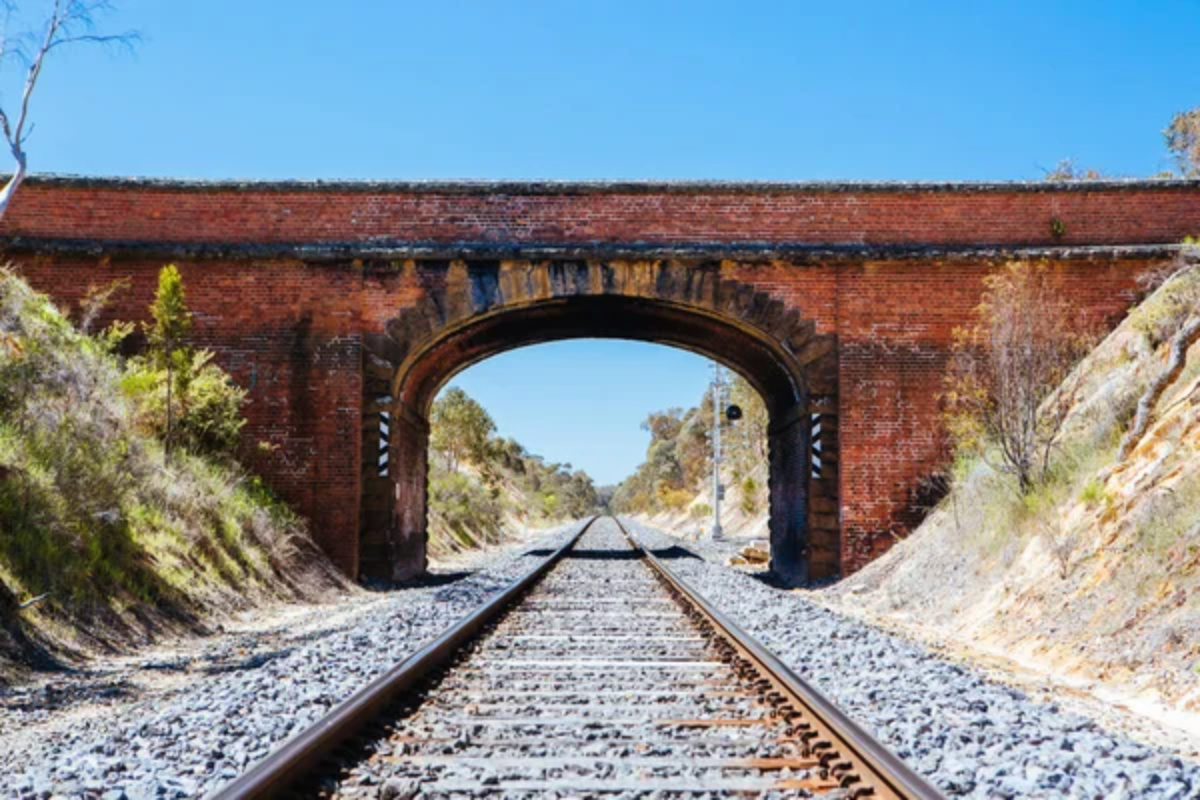
This former Victorian railway passage beneath Arthur’s Seat traps fog in fascinating ways that interact with its curved brick architecture. Light entering from either end creates dramatic visibility gradients, with solid walls dissolving into atmospheric perspective within the tunnel’s length.
The temperature difference between the tunnel interior and outside air creates distinctive fog behavior found nowhere else in the city, sometimes flowing outward like smoke from a dragon’s lair.
Like Travel Pug’s content? Follow us on MSN.
Lauriston Castle Gardens
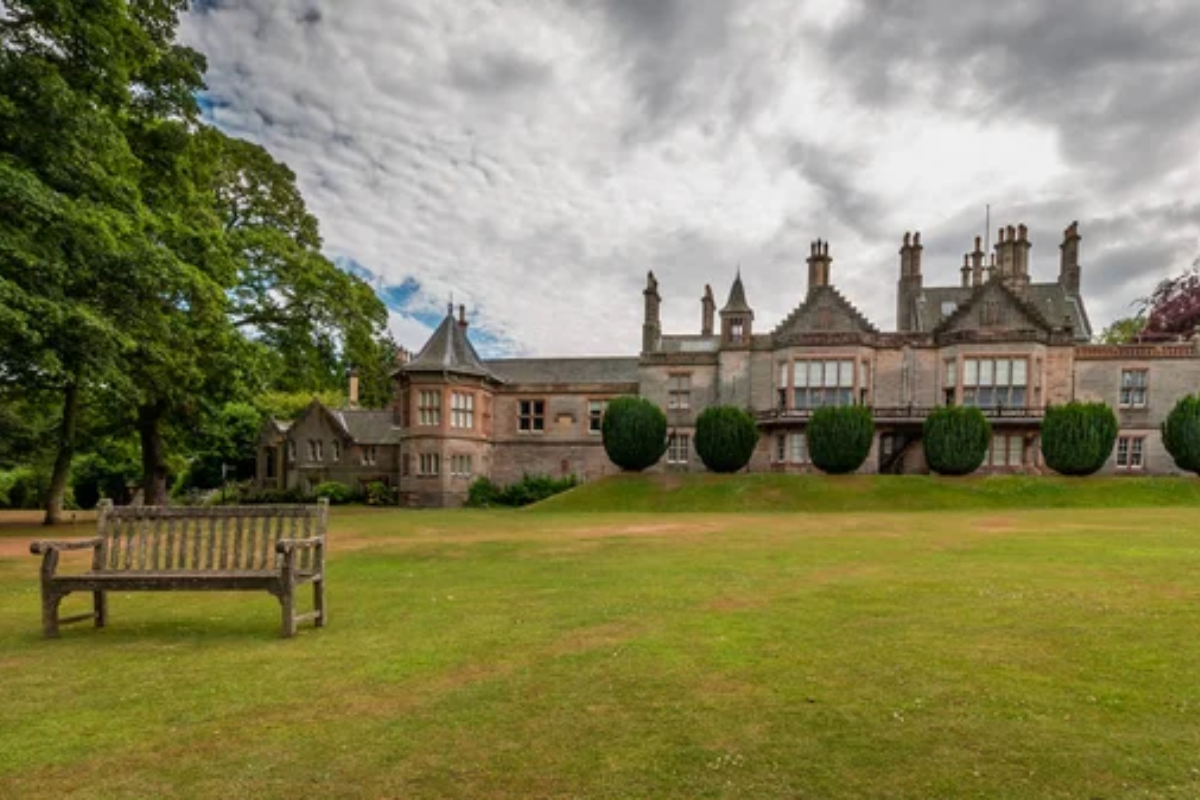
The manicured grounds of this 16th-century tower house west of the city center feature elevation changes and water features that interact beautifully with morning mist. Carefully placed garden ornaments materialize suddenly as visitors follow paths through varying fog densities.
The Japanese friendship garden section proves particularly effective at capturing and enhancing misty conditions through thoughtful plant selection and layout.
Surgeons’ Hall Museums Garden
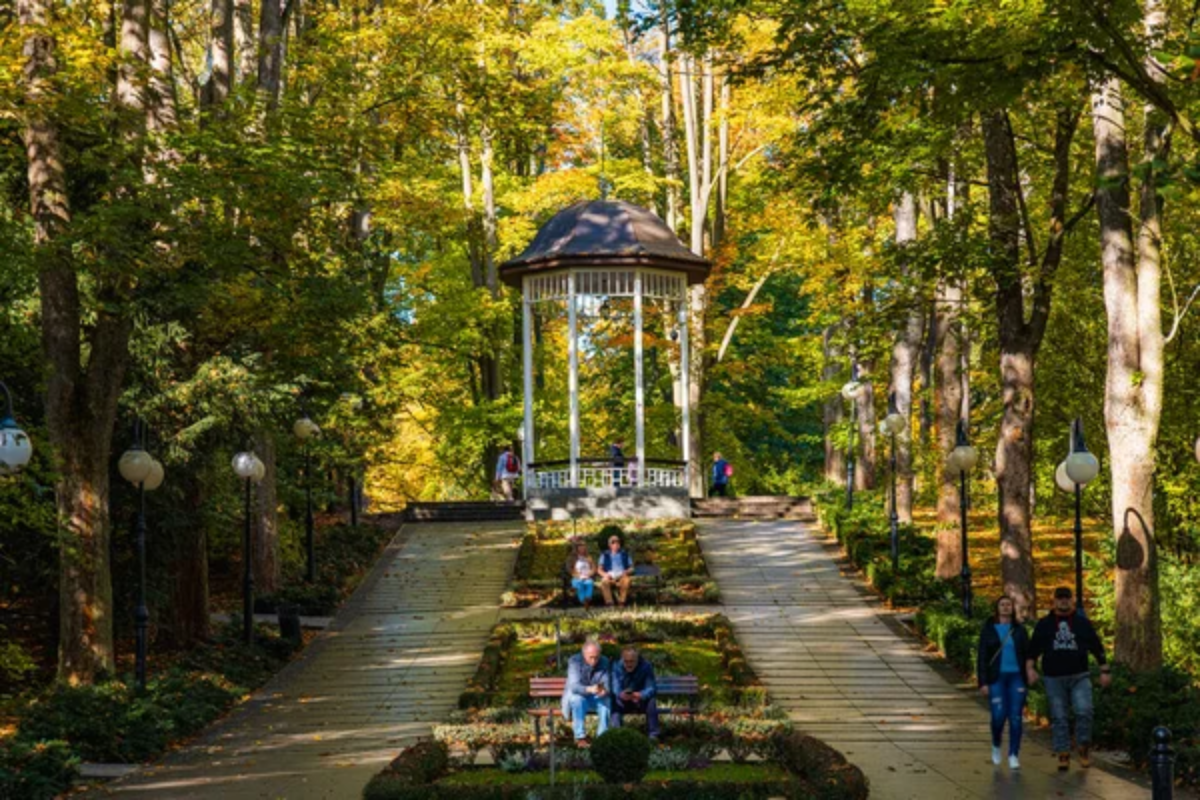
This small but atmospheric garden behind the historic medical building features plants historically used for medicinal purposes. Many of these capture morning dew and enhance foggy conditions. The surrounding buildings create a courtyard effect that traps mist, sometimes maintaining foggy conditions hours after surrounding streets have cleared.
The juxtaposition of scientific history with ethereal natural phenomena creates a uniquely Edinburgh atmosphere.
Royal Mile Closes
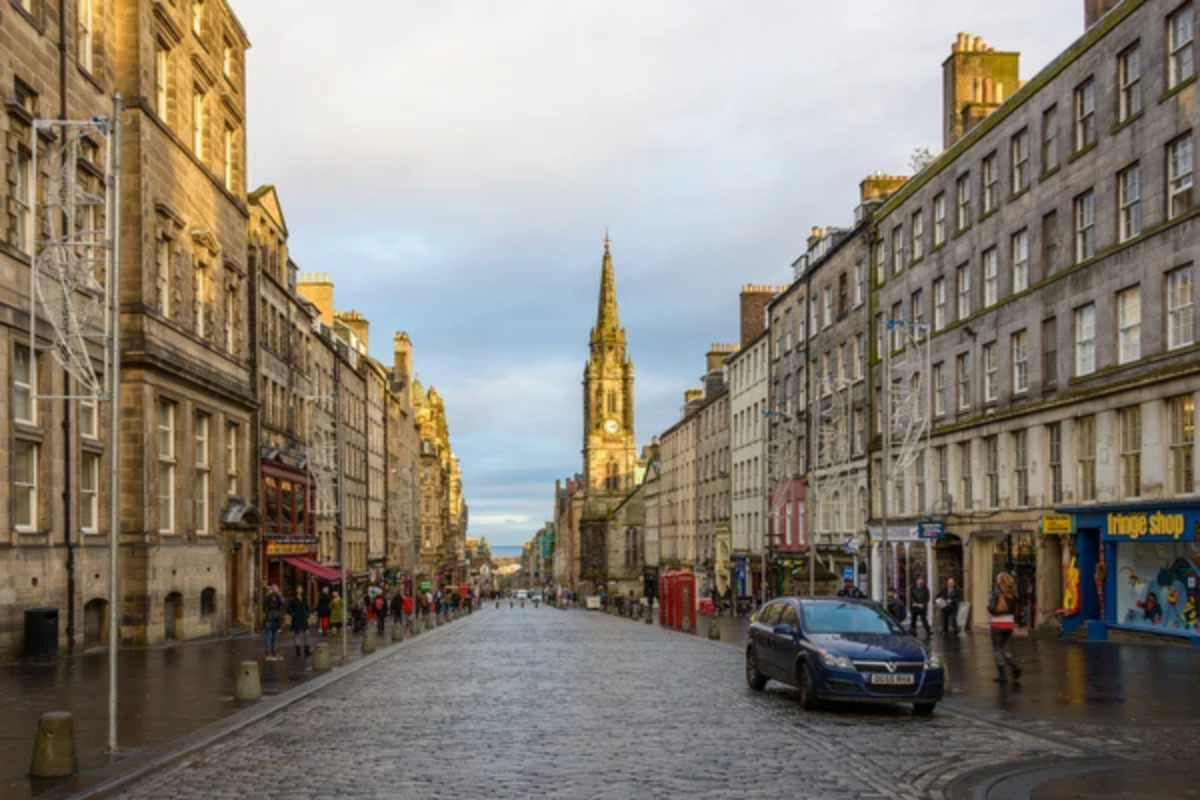
These narrow passageways descending from Edinburgh’s Spine Street become corridors of mystery when fog fills their confined spaces. The ancient stonework channels mist into fascinating patterns while amplifying the atmospheric qualities of limited visibility.
Distinctive architectural features like overhanging upper floors and arched entries take on exaggerated importance when partially concealed, creating naturally dramatic compositions.
Like Travel Pug’s content? Follow us on MSN.
Newhaven Harbor
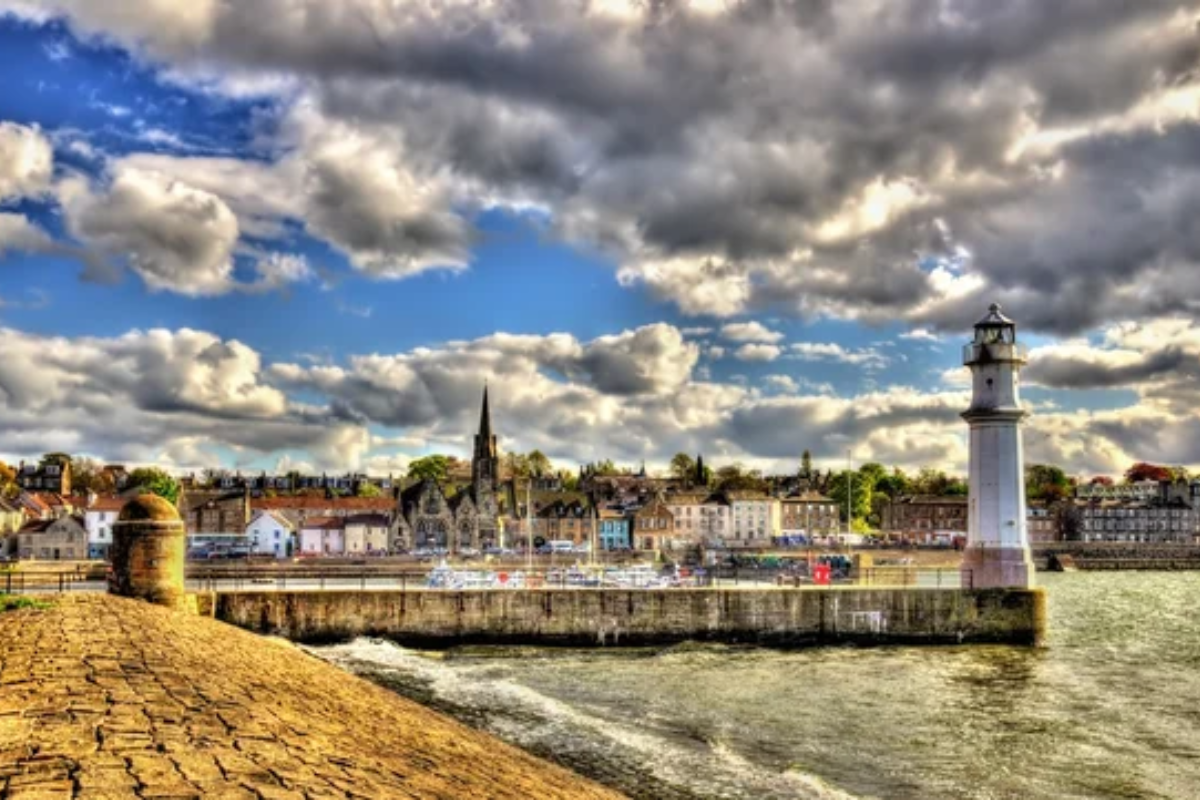
This historic fishing port on Edinburgh’s coastline offers industrial, maritime elements that transform completely when coastal fog rolls in from the Forth. Fishing boats materialize from the mist like ghost ships, while harbor lights create diffuse halos that seem detached from their sources.
The sound of unseen water lapping against stone walls and distant foghorns enhances the sensory experience beyond the purely visual.
Union Canal at Harrison Park
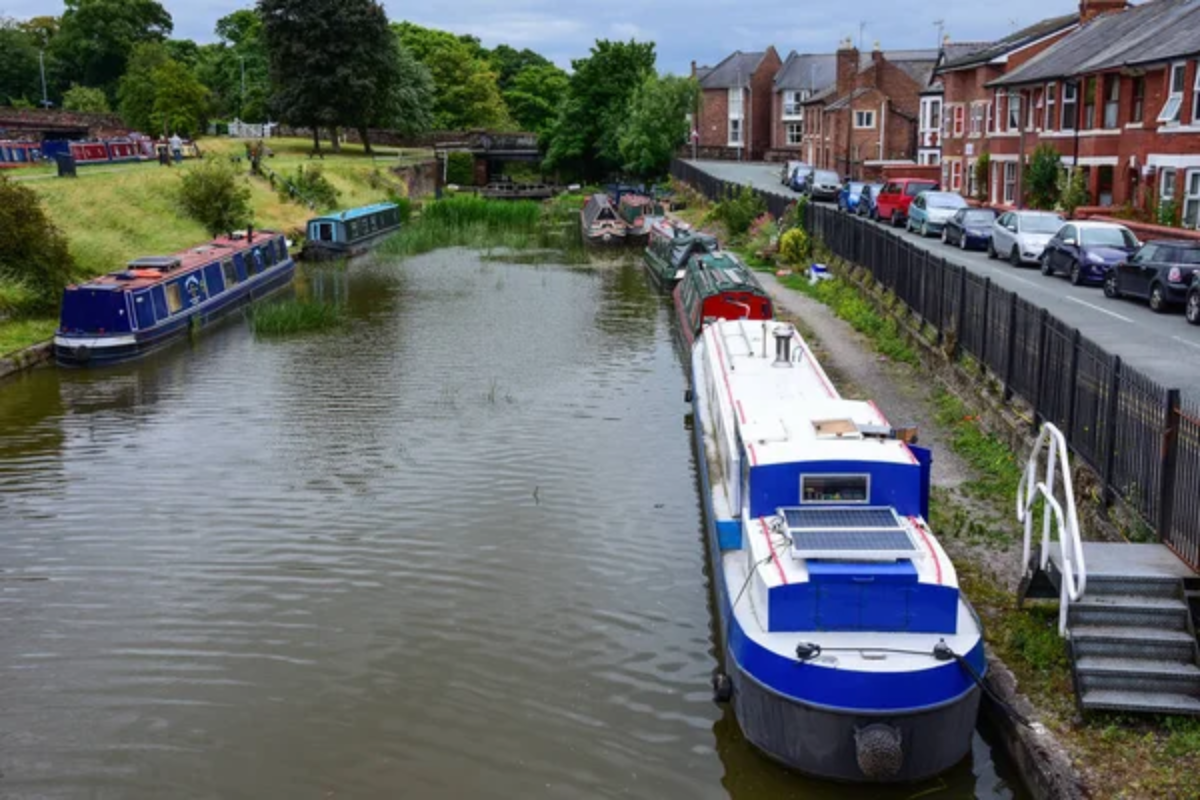
This peaceful section of Edinburgh’s canal network creates its microclimate, where fog forms readily and lingers along the water’s surface. Reflections double the visual impact as trees and bridges appear as misty echoes of themselves on the still water.
The straight canal sections offer exercises from an atmospheric perspective as solid objects gradually dissolve with distance into white nothingness.
The Scottish National Gallery of Modern Art Grounds
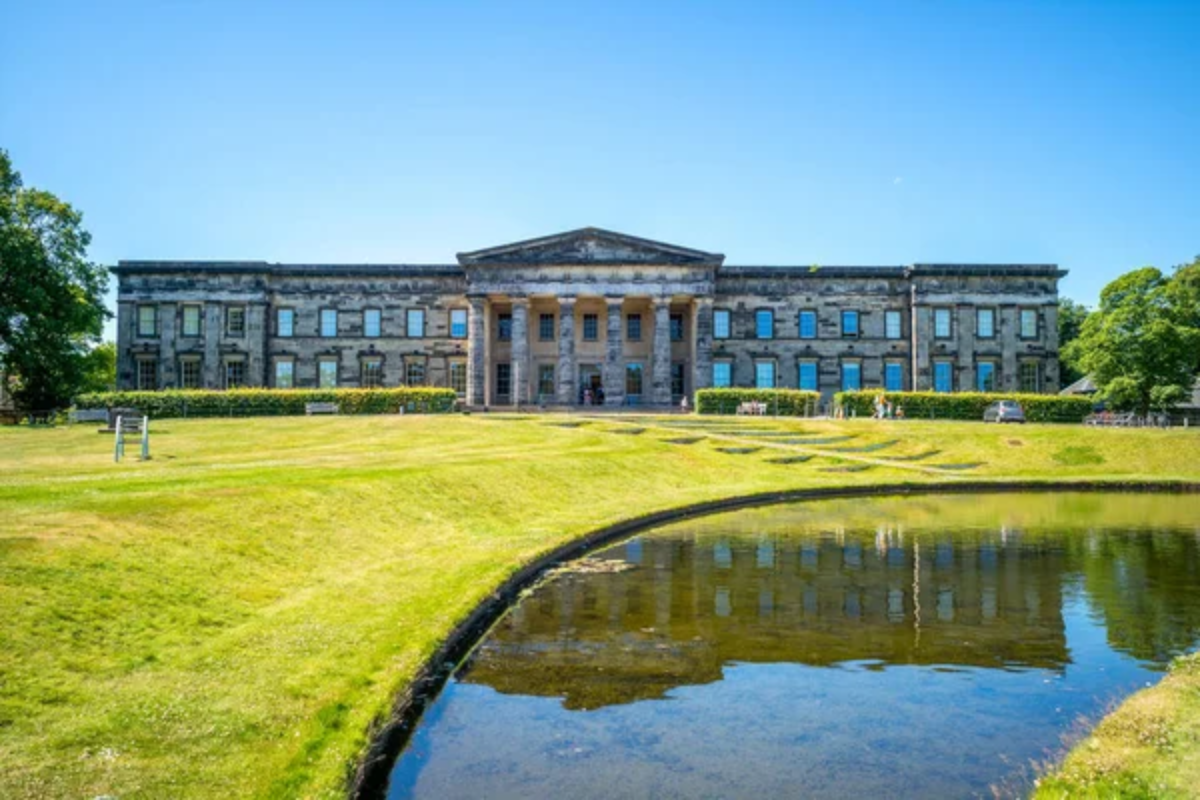
The carefully designed landscape surrounding these museums features earthworks and water features that capture morning fog in artistic ways that match the collections inside. Charles Jencks’ distinctive landform installation becomes particularly effective when partially obscured, revealing its sculptural qualities gradually as visitors move through changing fog densities.
The open spaces allow for observing how fog moves across landscapes, sometimes flowing like liquid through depressions and around obstacles.
Like Travel Pug’s content? Follow us on MSN.
Edinburgh’s Ephemeral Beauty
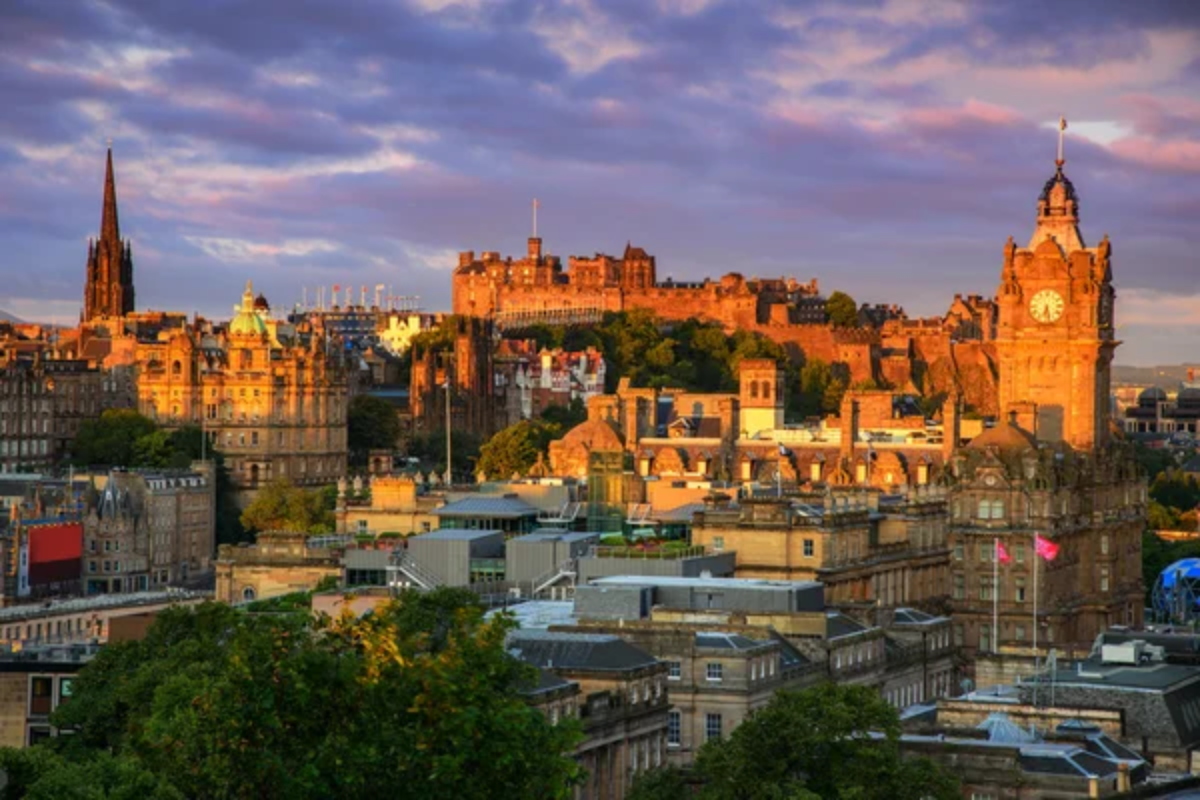
The fog-loving visitor to Edinburgh discovers a city defined not by permanent features but by their concealment—a paradoxical place revealed through obscurity. These misty mornings transform familiar landmarks into mysterious suggestions of themselves, creating a landscape that exists only briefly before dissolving with the warming day.
By embracing these ephemeral conditions, we experience Edinburgh not merely as a historical artifact but as a living, breathing entity that is constantly reinventing itself through the interaction of ancient stone and morning mist.
More from Travel Pug

- 20 Towns Built for One Purpose That Were Later Abandoned
- 15 Hidden Spots in Disney World’s Magic Kingdom Most Visitors Miss
- 20 Once-Popular Beach Towns That Are Now Ghostly Empty
- 15 Canyons in the U.S. That Are Just as Stunning as the Grand Canyon
- 10 Under-the-Radar Mountain Towns That Are Both Affordable and Beautiful
Like Travel Pug’s content? Follow us on MSN.
